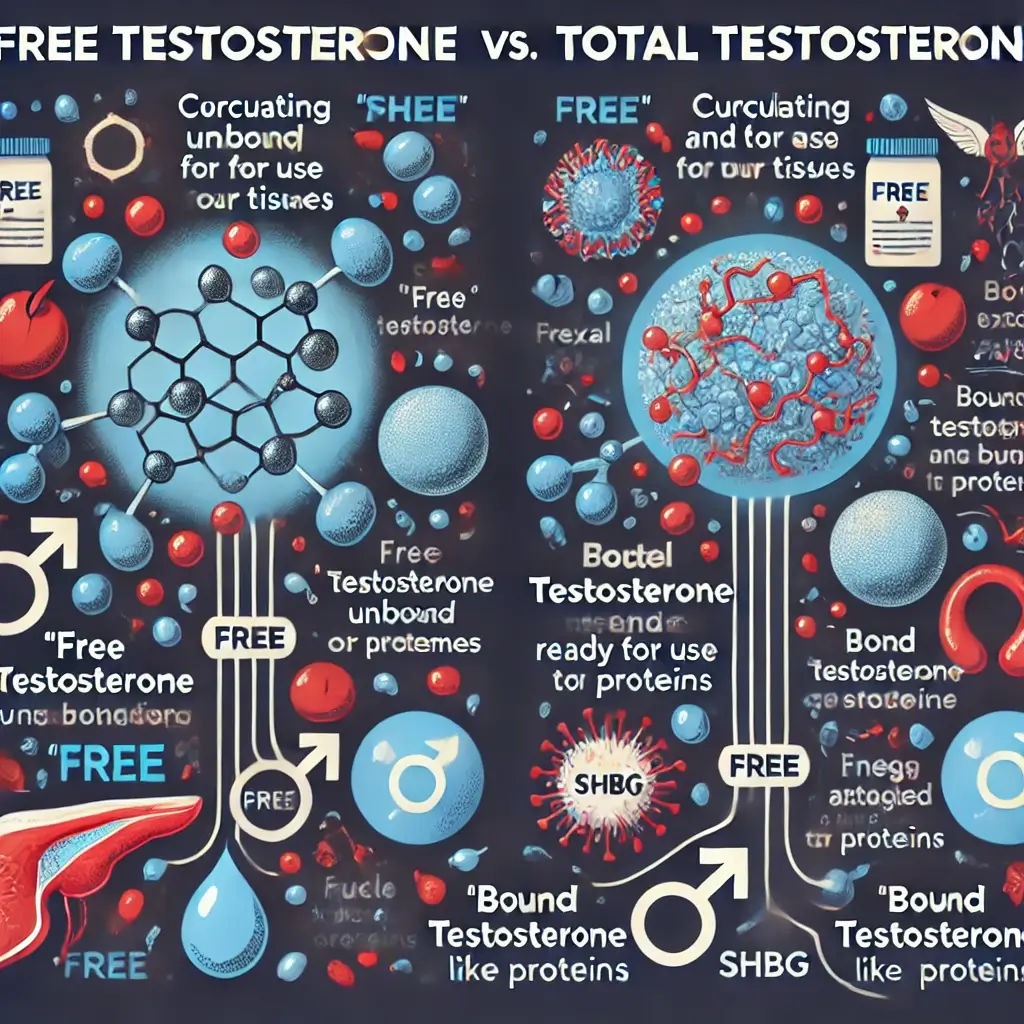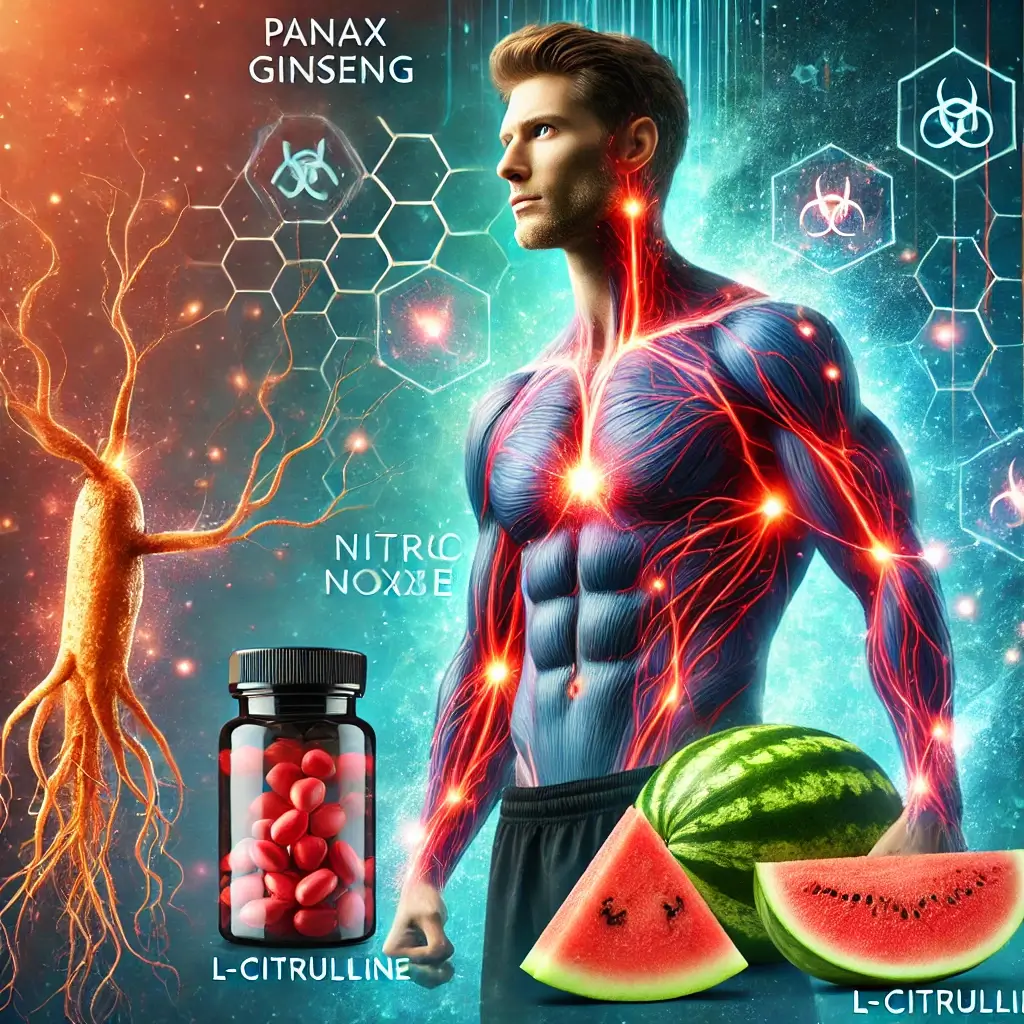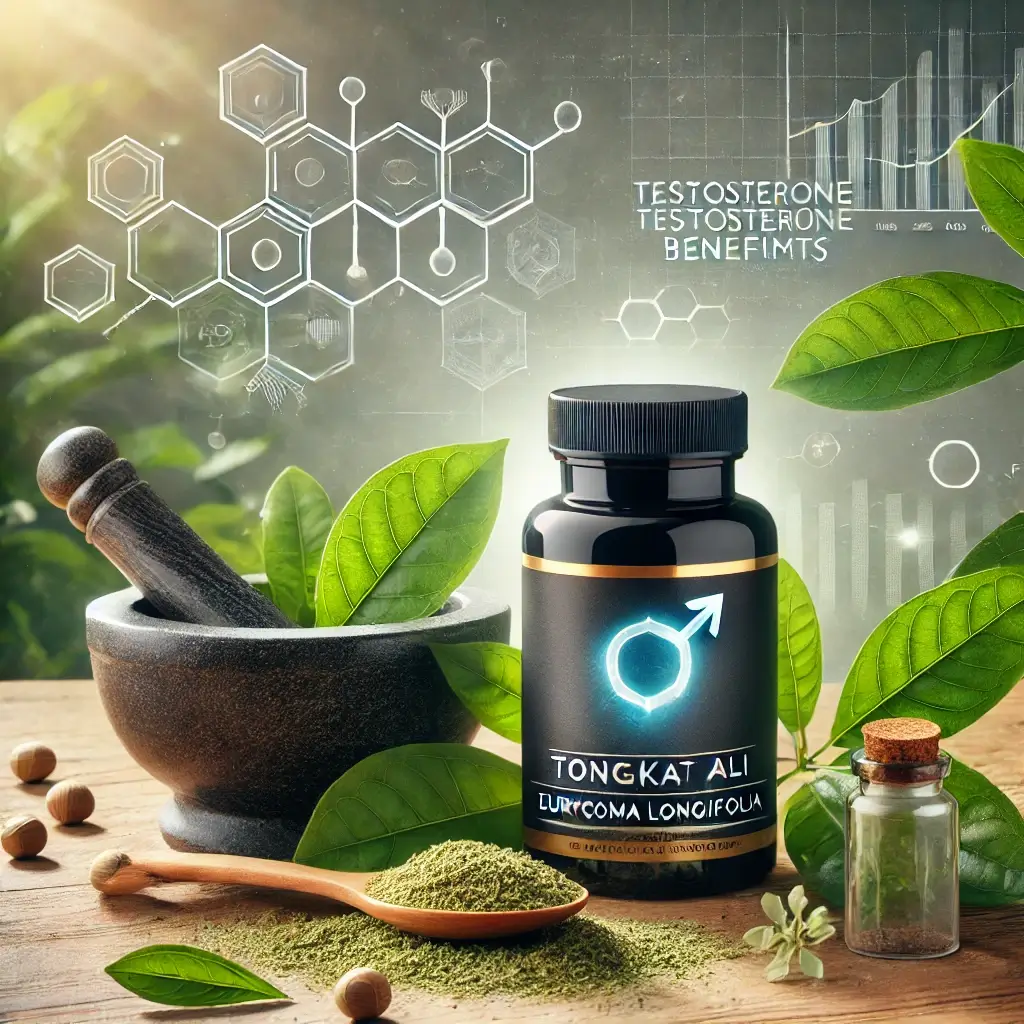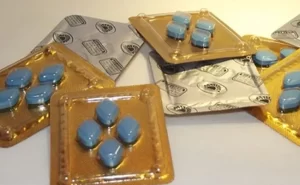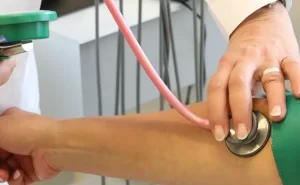Decoding Testosterone Levels: Why Both Free and Total Measurements Matter for Your Health
Understanding Free Testosterone: The Active Form
Free testosterone is not attached to proteins and circulates in your bloodstream. The active form is readily available for your tissues to employ, and it is this form that causes the effects to be delivered throughout the body. Free testosterone is an essential component in a variety of processes, including the creation of red blood cells, bone density, muscular mass, and sex desire.
Total Testosterone: The Complete Picture
This term refers to all of the testosterone present in your bloodstream, including both free testosterone and testosterone attached to proteins such as albumin and sex hormone-binding globulin (SHBG).
The Crucial Distinction: Free vs. Bound Testosterone
Free testosterone is the biologically active form of testosterone that is readily available for utilization by the cells and tissues of the body. In contrast, a sizeable fraction of the total testosterone present in the body is attached to proteins, most notably SHBG. The testosterone attached to proteins is believed to have a lower bioavailability since it is not as easily accessible or utilized by the organs and tissues that are the target of the testosterone.
The Delicate Balance of Testosterone in the Body
The method by which testosterone binds to SHBG and other proteins regulates the amount of free, unbound testosterone that is accessible for use in physiological activities. When establishing the overall hormonal status and the biological consequences of testosterone in the body, one of the most significant factors to consider is the equilibrium established between free testosterone and protein-bound testosterone.
The Impact of Free Testosterone on Health
When the levels of free testosterone are enough, the body can use this form of the hormone for a variety of activities, including maintaining muscle mass, regulating sexual function, and supporting bone health. However, a change in the proportion of free testosterone to protein-bound testosterone may have repercussions for the individual’s health and well-being.
The Importance of Both Free and Total Testosterone
When determining a man’s testosterone status, medical professionals often take into account both of these readings. It may appear to be a good sign if the total testosterone level is high; however, if the majority of it is bound to SHBG, the amount of free testosterone that is accessible for utilization may be low. Even if the overall testosterone level appears to be normal, this can nevertheless result in symptoms that are associated with low testosterone.
A Simple Analogy: The Room Full of Chairs
When you think about testosterone, picture a room filled with seats. To put it another way, free testosterone is comparable to empty chairs that are readily available for anyone to enjoy. A similarity can be drawn between bound testosterone and occupied chairs, such as SHBG-bound testosterone. Although there is a possibility that someone will ultimately get up from a chair that is occupied, it is not immediately available for everyone.
Understanding Testosterone Test Results
To determine the amount of “empty chairs” (active testosterone), a free testosterone test is performed. When doing a total testosterone test, each chair in the room, whether empty or occupied, is counted independently. Both of these variables, when taken into consideration combined, present a more comprehensive picture.
Additional Considerations in Testosterone Testing
Free and total testosterone levels can vary in normal ranges depending on the individual’s age and the laboratory performing the test. There is a possibility that a guy will have symptoms of low testosterone even if his testosterone levels are within the normal range. The findings of the tests will be taken into consideration by a physician.
When to Seek Medical Attention
Should you be having symptoms such as decreased libido, erectile dysfunction, exhaustion, or mood changes, it is recommended that you seek medical attention. Depending on the circumstances, they can evaluate your condition, order blood tests to determine the levels of free and total testosterone, and explain potential therapy choices available to you.
